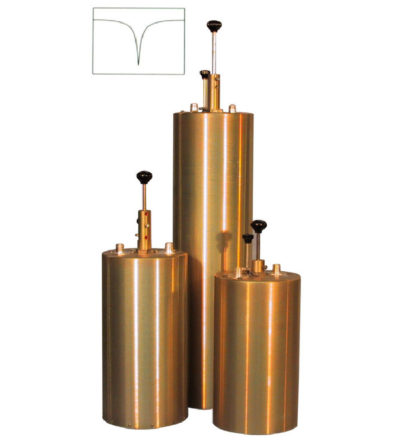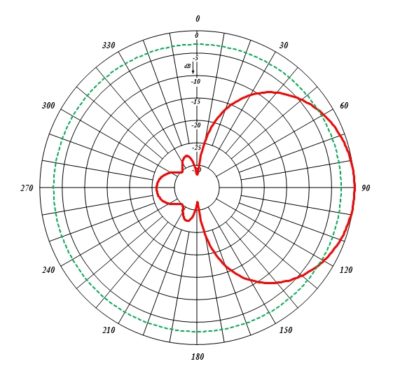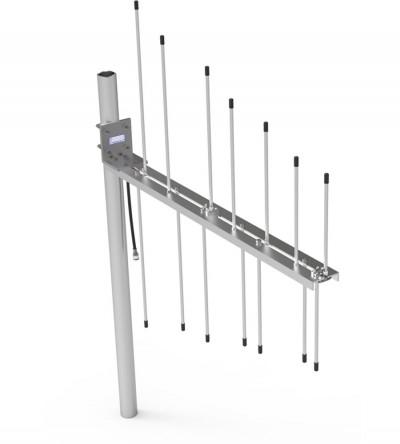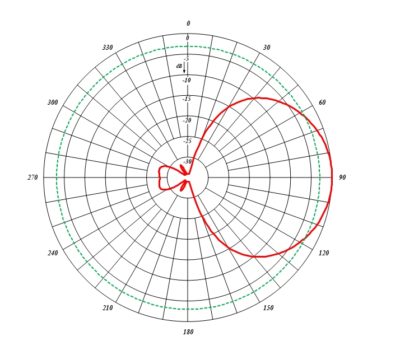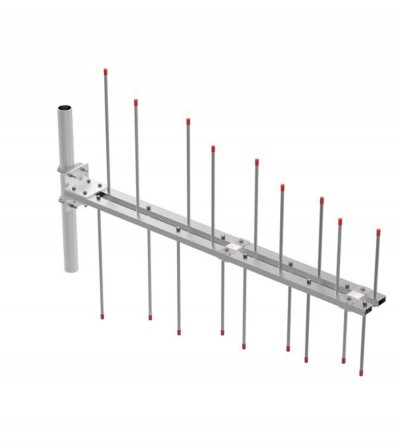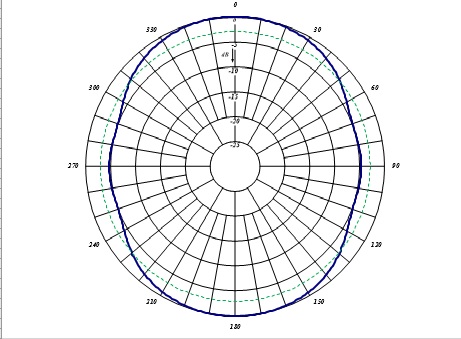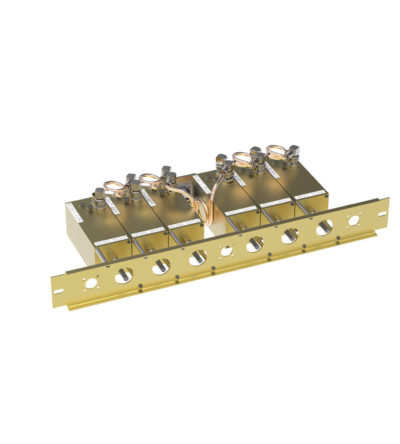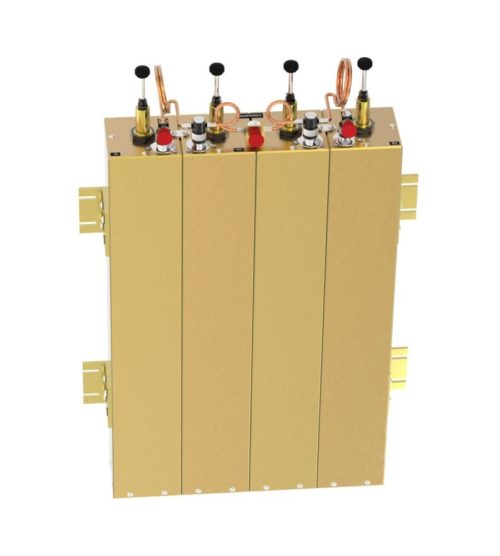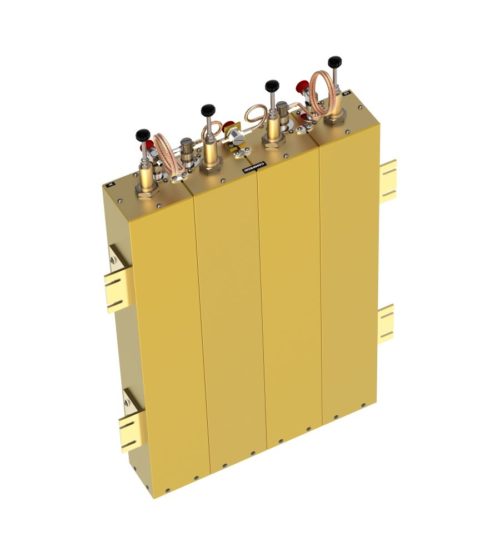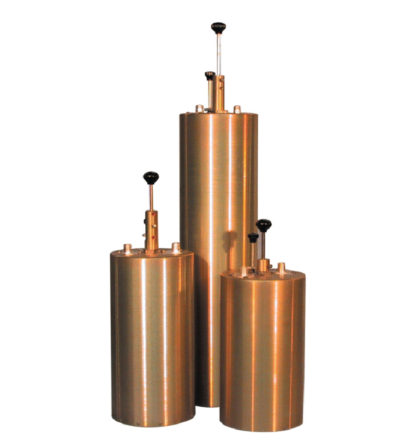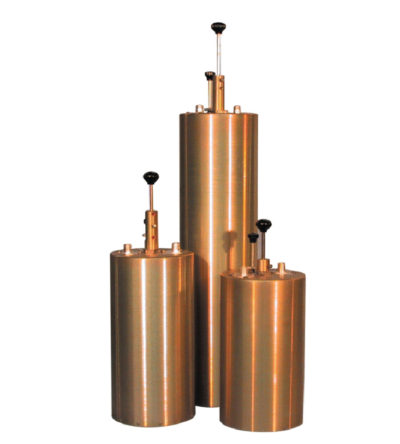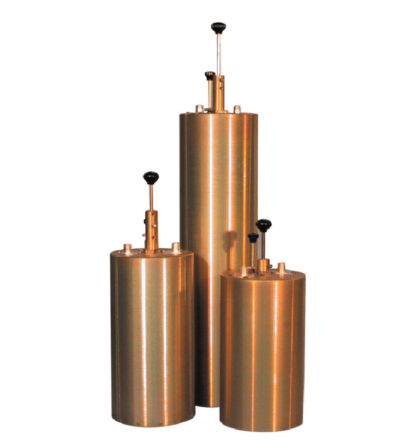- Can be cascaded or added to one another in order to sharpen the attenuation of the rejection curve
- Temperature compensated to ensure frequency stability
- High attenuation to minimize desense and interference from adjacent systems
- Adjustable loops: each cavity has a calibration index
-
 Designed to reject one narrow band of frequencies, while letting all others pass in the operating band
Designed to reject one narrow band of frequencies, while letting all others pass in the operating band -

 DOWNLOAD PDF DOWNLOAD DIGITAL PATTERNSWide band, ideal for base station or in-building applications
DOWNLOAD PDF DOWNLOAD DIGITAL PATTERNSWide band, ideal for base station or in-building applications- Available in VHF and UHF configurations
- Very high front-to-back ratio
- Performance is constant throughout the band
- Rugged design to withstand harsh environmental conditions
- Ultra-low VSWR ratings
- Vertical or horizontal polarization
- DC ground for lightning protection
-

 Wide band, ideal for base station or in-building applications
Wide band, ideal for base station or in-building applications- Available in VHF and UHF configurations
- Very high front-to-back ratio
- Performance is constant throughout the band
- Rugged design to withstand harsh environmental conditions
- Ultra-low VSWR ratings
- Vertical or horizontal polarization
- DC ground for lightning protection
-

 Wide band, ideal for base station or in-building applications
Wide band, ideal for base station or in-building applications- Available in VHF and UHF configurations
- Very high front-to-back ratio
- Performance is constant throughout the band
- Rugged design to withstand harsh environmental conditions
- Ultra-low VSWR ratings
- Vertical or horizontal polarization
- DC ground for lightning protection
-
 Ideal for compact, high isolation installations
Ideal for compact, high isolation installations- Designed for the combination of two frequencies that require extra isolation. Can also be used as efficient pre-selectors
- Temperature compensated to ensure frequency stability
- High attenuation to minimize desense and interference from adjacent systems
-
 Ideal for compact, high isolation installations
Ideal for compact, high isolation installations- Designed for the combination of two frequencies that require extra isolation. Can also be used as efficient pre-selectors
- Temperature compensated to ensure frequency stability
- High attenuation to minimize desense and interference from adjacent systems
-

 Ideal for high power, close frequency separation installations
Ideal for high power, close frequency separation installations- Designed for combining two frequencies that require extra isolation. Can also be used as efficient pre-selectors
- Temperature compensated to ensure frequency stability
- High attenuation to minimize desense and interference from adjacent systems
- Adjustable loops
-




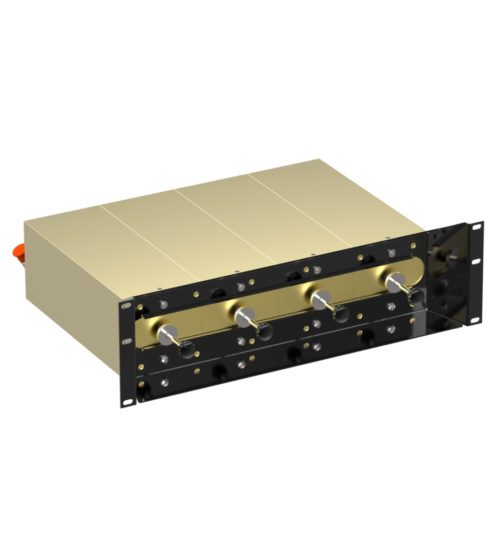 Ideal for compact high performance applications
Ideal for compact high performance applications- Designed for the combination of two frequencies that require extra isolation. Can also be used as efficient pre-selectors
- A six and an eight cavity configuration is also available for a higher level of isolation and selectivity
- Can be retuned in the field
-

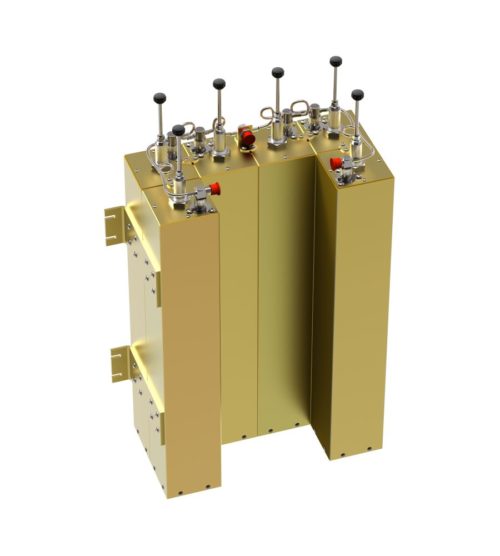

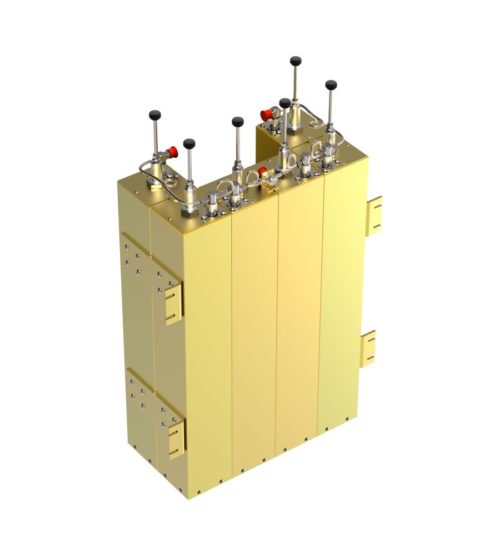 Ideal for high power, close frequency separation installations
Ideal for high power, close frequency separation installations- Designed for combining two frequencies that require extra isolation. Can also be used as efficient pre-selectors
- Temperature compensated to ensure frequency stability
- High attenuation to minimize desense and interference from adjacent systems
- Adjustable loops
-

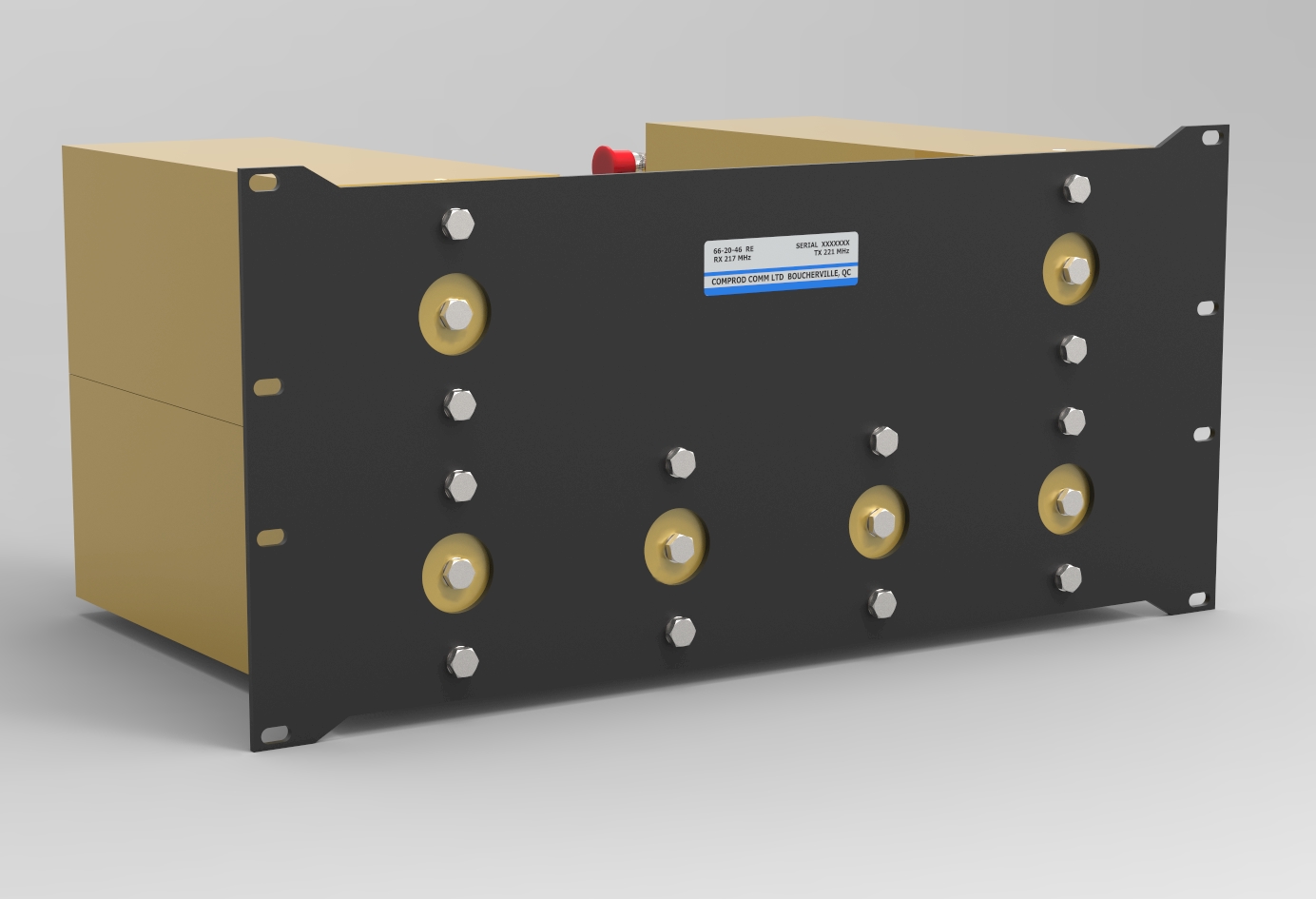

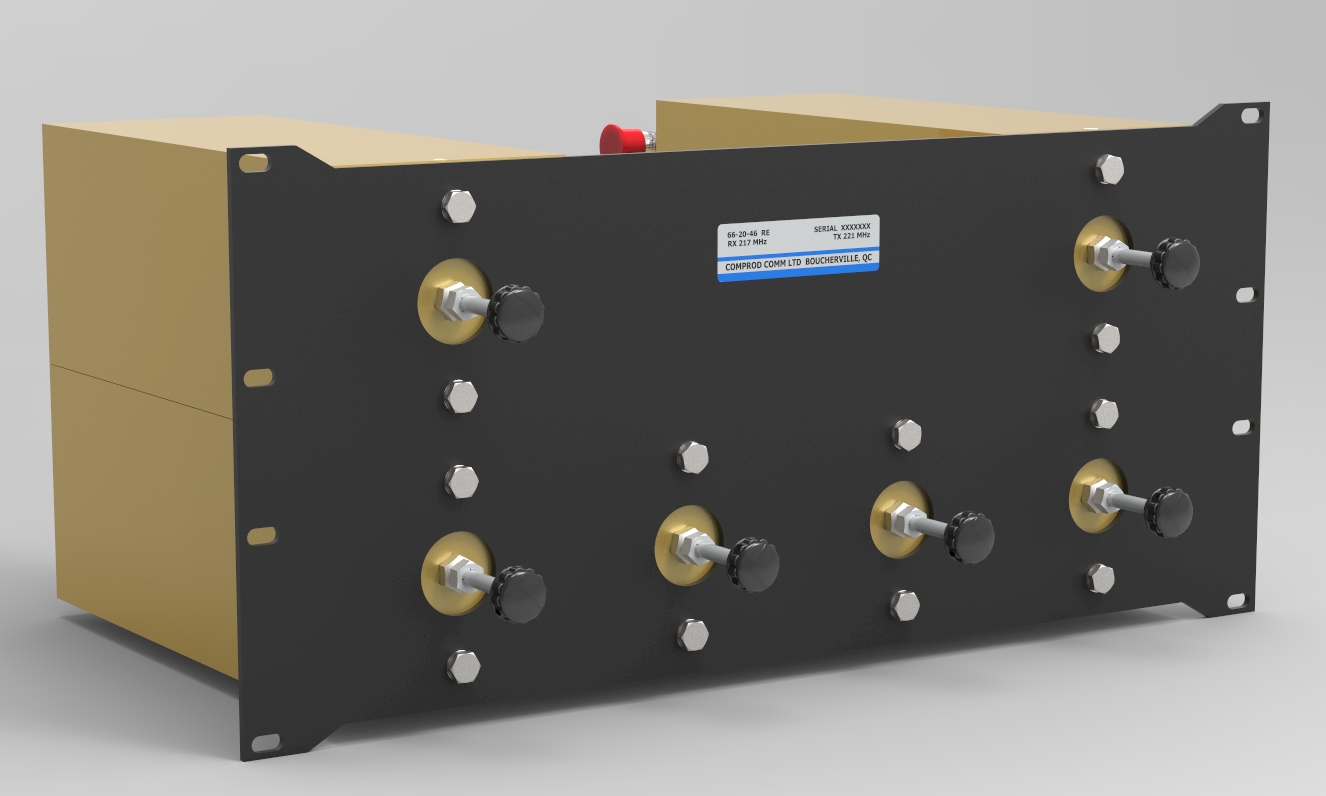 Ideal for compact high performance applications
Ideal for compact high performance applications- Designed for the combination of two frequencies that require extra isolation. Can also be used as efficient pre-selectors
- An eight cavity configuration is also available for a higher level of isolation and selectivity
- Can be retuned in the field
-


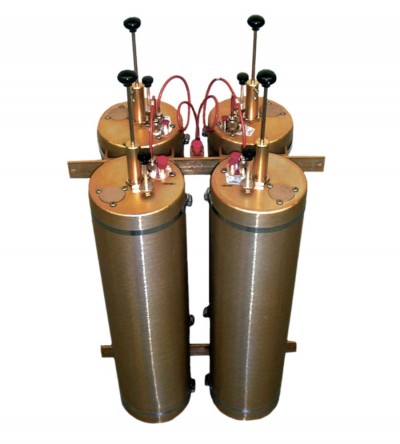 Designed for quick and easy installations
Designed for quick and easy installations- Designed for the combination of two frequencies requiring extra isolation. Can also be used as efficient pre-selectors
- Available in 4 or 6 cavity configurations
- Temperature compensated to ensure frequency stability
- High attenuation to minimize desense and interference from adjacent systems
- Adjustable loops: each cavity has a calibration index for easy field tuning
-


 Designed for quick and easy installations
Designed for quick and easy installations- Designed for the combination of two frequencies requiring extra isolation. Can also be used as efficient pre-selectors
- Available in 4 or 6 cavity configurations
- Temperature compensated to ensure frequency stability
- High attenuation to minimize desense and interference from adjacent systems
- Adjustable loops: each cavity has a calibration index for easy field tuning
-

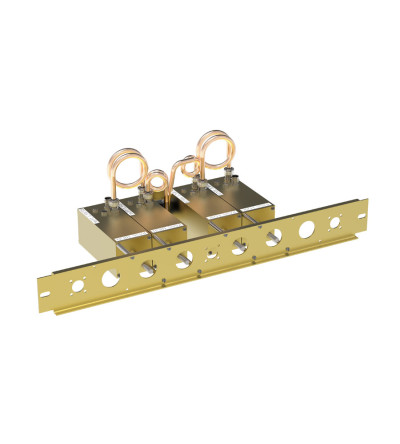 Ideal for compact, high isolation installations
Ideal for compact, high isolation installations- Designed for the combination of two frequencies that require extra isolation. Can also be used as efficient pre-selectors
- Temperature compensated to ensure frequency stability
- High attenuation to minimize desense and interference from adjacent systems
-

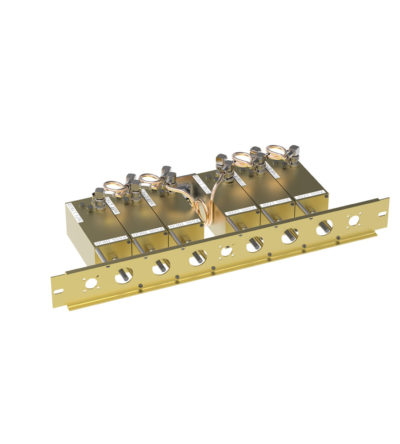 Ideal for compact, high isolation installations
Ideal for compact, high isolation installations- Designed for the combination of two frequencies that require extra isolation. Can also be used as efficient pre-selectors
- Temperature compensated to ensure frequency stability
- High attenuation to minimize desense and interference from adjacent systems
-



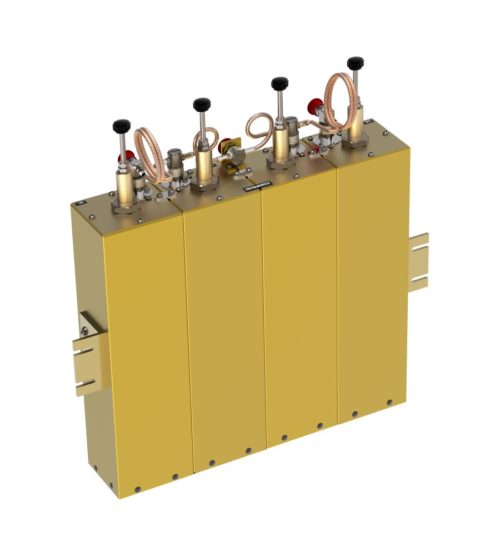 Ideal for high power, close frequency separation installations
Ideal for high power, close frequency separation installations- Designed for combining two frequencies that require extra isolation. Can also be used as efficient pre-selectors
- Temperature compensated to ensure frequency stability
- High attenuation to minimize desense and interference from adjacent systems
- Adjustable loops
-

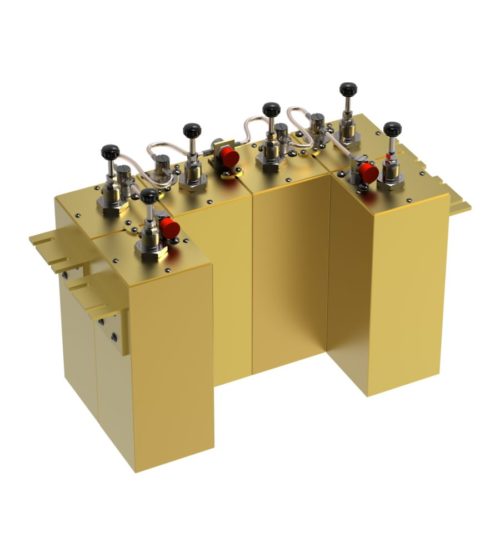

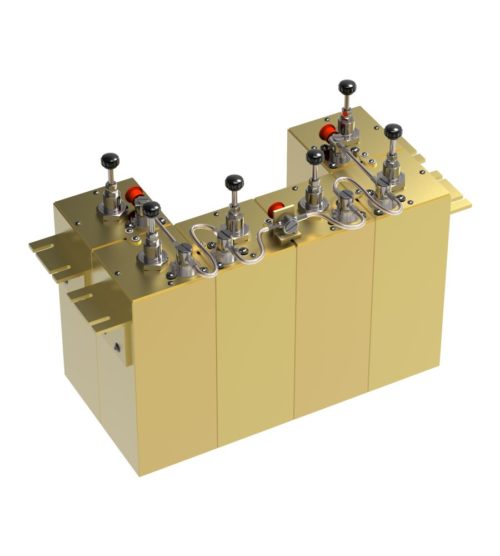 Ideal for high power, close frequency separation installations
Ideal for high power, close frequency separation installations- Designed for combining two frequencies that require extra isolation. Can also be used as efficient pre-selectors
- Temperature compensated to ensure frequency stability
- High attenuation to minimize desense and interference from adjacent systems
- Adjustable loops
-

 Designed for quick and easy installations
Designed for quick and easy installations- Designed for the combination of two frequencies requiring extra isolation. Can also be used as efficient pre-selectors
- Available in 4 or 6 cavity configurations
- Temperature compensated to ensure frequency stability
- High attenuation to minimize desense and interference from adjacent systems
- Adjustable loops: each cavity has a calibration index for easy field tuning
-



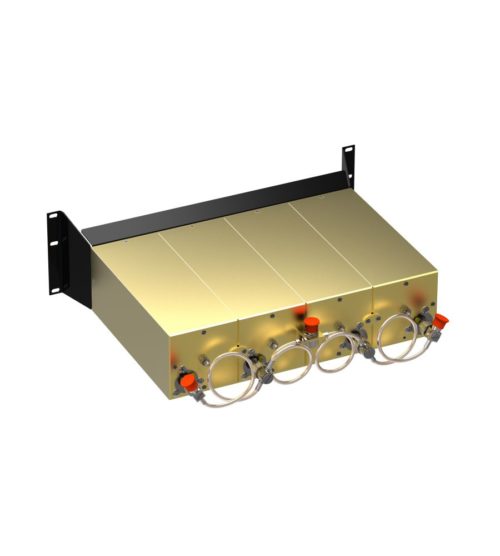



 Ideal for compact high performance applications
Ideal for compact high performance applications- Designed for the combination of two frequencies that require extra isolation. Can also be used as efficient pre-selectors
- An eight cavity configuration is also available for a higher level of isolation and selectivity
- Can be retuned in the field
-







 Ideal for compact high performance applications
Ideal for compact high performance applications- Designed for the combination of two frequencies that require extra isolation. Can also be used as efficient pre-selectors
- An eight cavity configuration is also available for a higher level of isolation and selectivity
- Can be retuned in the field
-

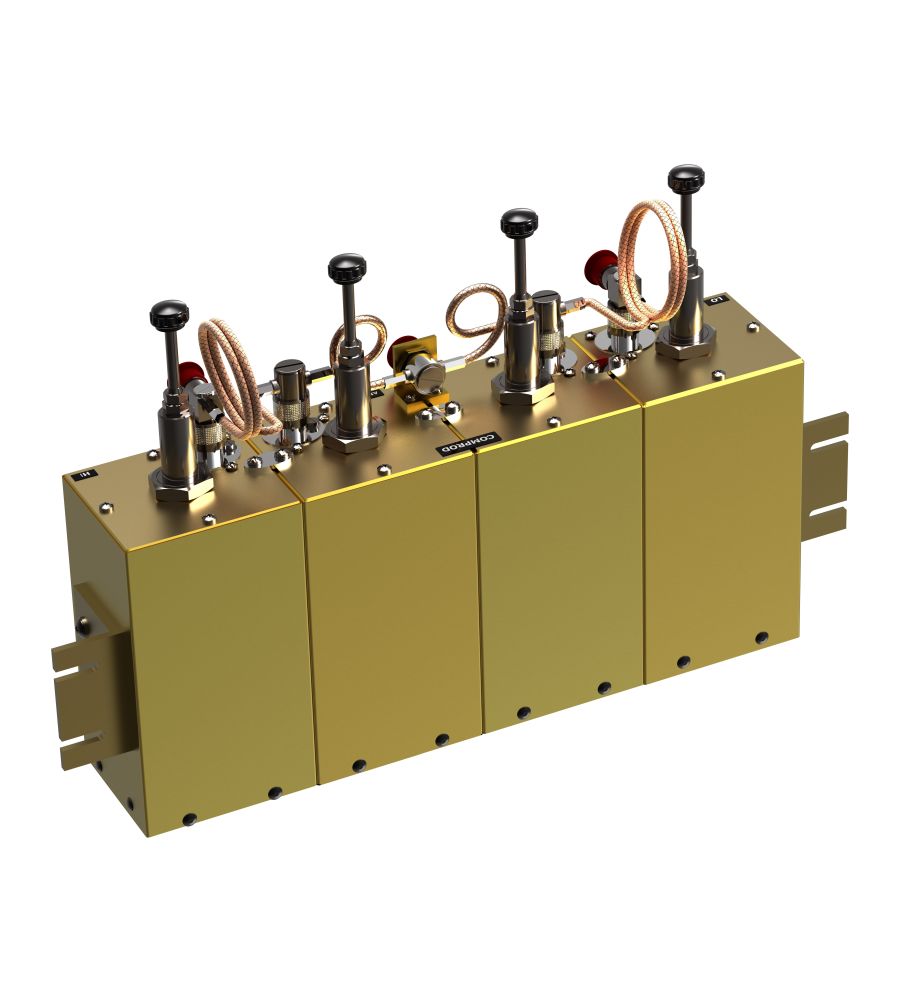 Ideal for high power, close frequency separation installations
Ideal for high power, close frequency separation installations- Designed for combining two frequencies that require extra isolation. Can also be used as efficient pre-selectors
- Temperature compensated to ensure frequency stability
- High attenuation to minimize desense and interference from adjacent systems
- Adjustable loops
-

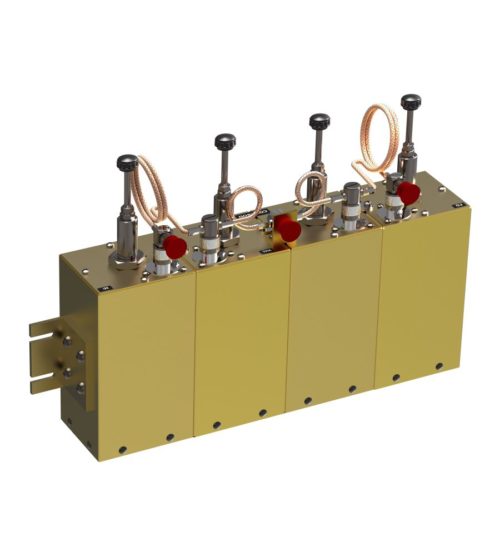

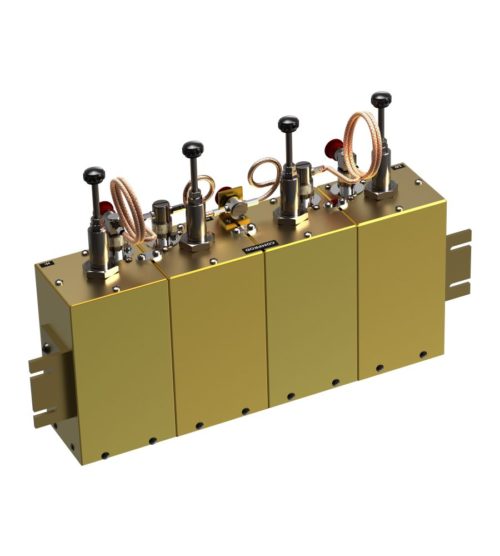 Ideal for high power, close frequency separation installations
Ideal for high power, close frequency separation installations- Designed for combining two frequencies that require extra isolation. Can also be used as efficient pre-selectors
- Temperature compensated to ensure frequency stability
- High attenuation to minimize desense and interference from adjacent systems
- Adjustable loops
-

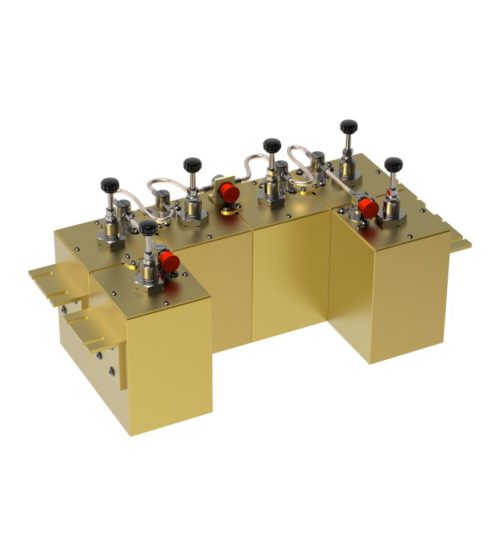

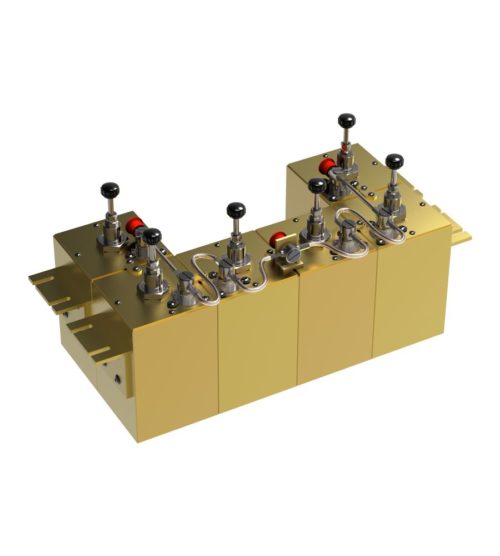 Ideal for high power, close frequency separation installations
Ideal for high power, close frequency separation installations- Designed for combining two frequencies that require extra isolation. Can also be used as efficient pre-selectors
- Temperature compensated to ensure frequency stability
- High attenuation to minimize desense and interference from adjacent systems
- Adjustable loops
-

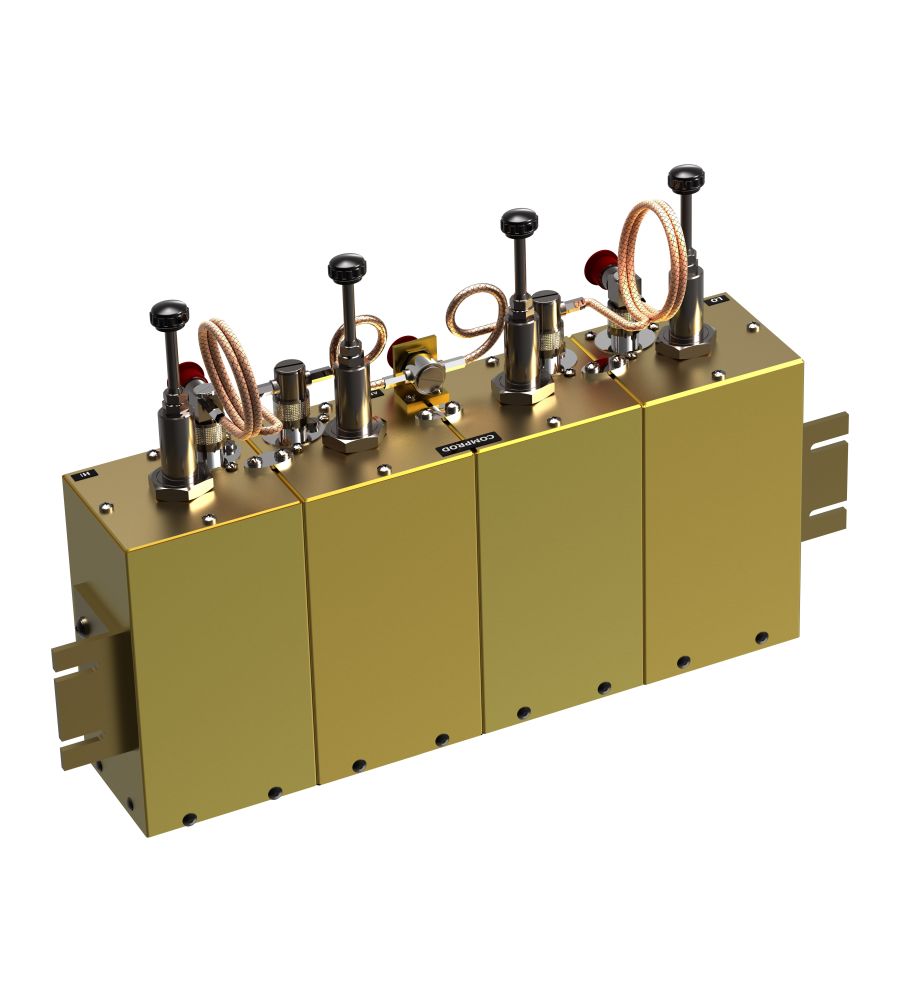 Ideal for high power, close frequency separation installations
Ideal for high power, close frequency separation installations- Designed for combining two frequencies that require extra isolation. Can also be used as efficient pre-selectors
- Temperature compensated to ensure frequency stability
- High attenuation to minimize desense and interference from adjacent systems
- Adjustable loops
-

 Perfect for both voice and data transmissions
Perfect for both voice and data transmissions- Very wide in bandwidth
- Low profile, extremely rugged and ideal for commercial applications
- Manufactured using the best corrosion-resistant materials and finishes available
- O-ring seals and overlap construction to ensure a moisture-proof installation
- Standard Motorola NMO type mount
-

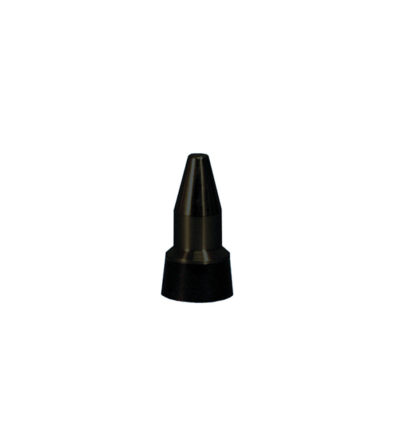 Perfect for both voice and data transmissions
Perfect for both voice and data transmissions- Very wide in bandwidth
- Low profile, extremely rugged and ideal for commercial applications
- Manufactured using the best corrosion-resistant materials and finishes available
- O-ring seals and overlap construction to ensure a moisture-proof installation
- Standard Motorola NMO type mount
-

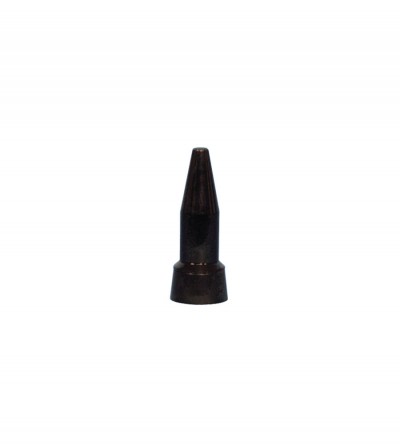 Perfect for both voice and data transmissions
Perfect for both voice and data transmissions- Very wide in bandwidth
- Low profile, extremely rugged and ideal for commercial applications
- Manufactured using the best corrosion-resistant materials and finishes available
- O-ring seals and overlap construction to ensure a moisture-proof installation
- Standard Motorola NMO type mount
-

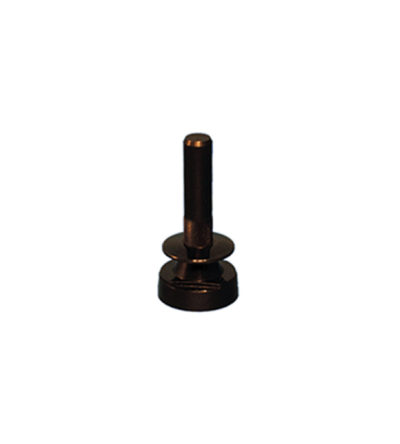 Perfect for both voice and data transmissions
Perfect for both voice and data transmissions- Very wide in bandwidth
- Low profile, extremely rugged and ideal for commercial applications
- Manufactured using the best corrosion-resistant materials and finishes available
- O-ring seals and overlap construction to ensure a moisture-proof installation
- Standard Motorola NMO type mount
-

 Perfect for both voice and data transmissions
Perfect for both voice and data transmissions- Very wide in bandwidth
- Low profile, extremely rugged and ideal for commercial applications
- Manufactured using the best corrosion-resistant materials and finishes available
- O-ring seals and overlap construction to ensure a moisture-proof installation
- Standard Motorola NMO type mount
-



 Adjustable or fixed, side mount or top mount antenna
Adjustable or fixed, side mount or top mount antenna- Available in 1, 2, 4, 8 and dual dipole configurations
- Offered in a 1/4, 3/8, or 1/2 wave versions
- Internal cabling and fixed dipole-mast spacing
- Heavy-duty and black anodized versions available
-



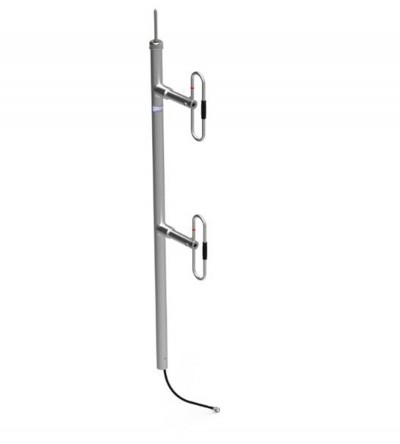 Adjustable or fixed, side mount or top mount antenna
Adjustable or fixed, side mount or top mount antenna- Available in 1, 2, 4, 8 and dual dipole configurations
- Offered in a 1/4, 3/8, or 1/2 wave versions
- Internal cabling and fixed dipole-mast spacing
- Heavy-duty and black anodized versions available
-

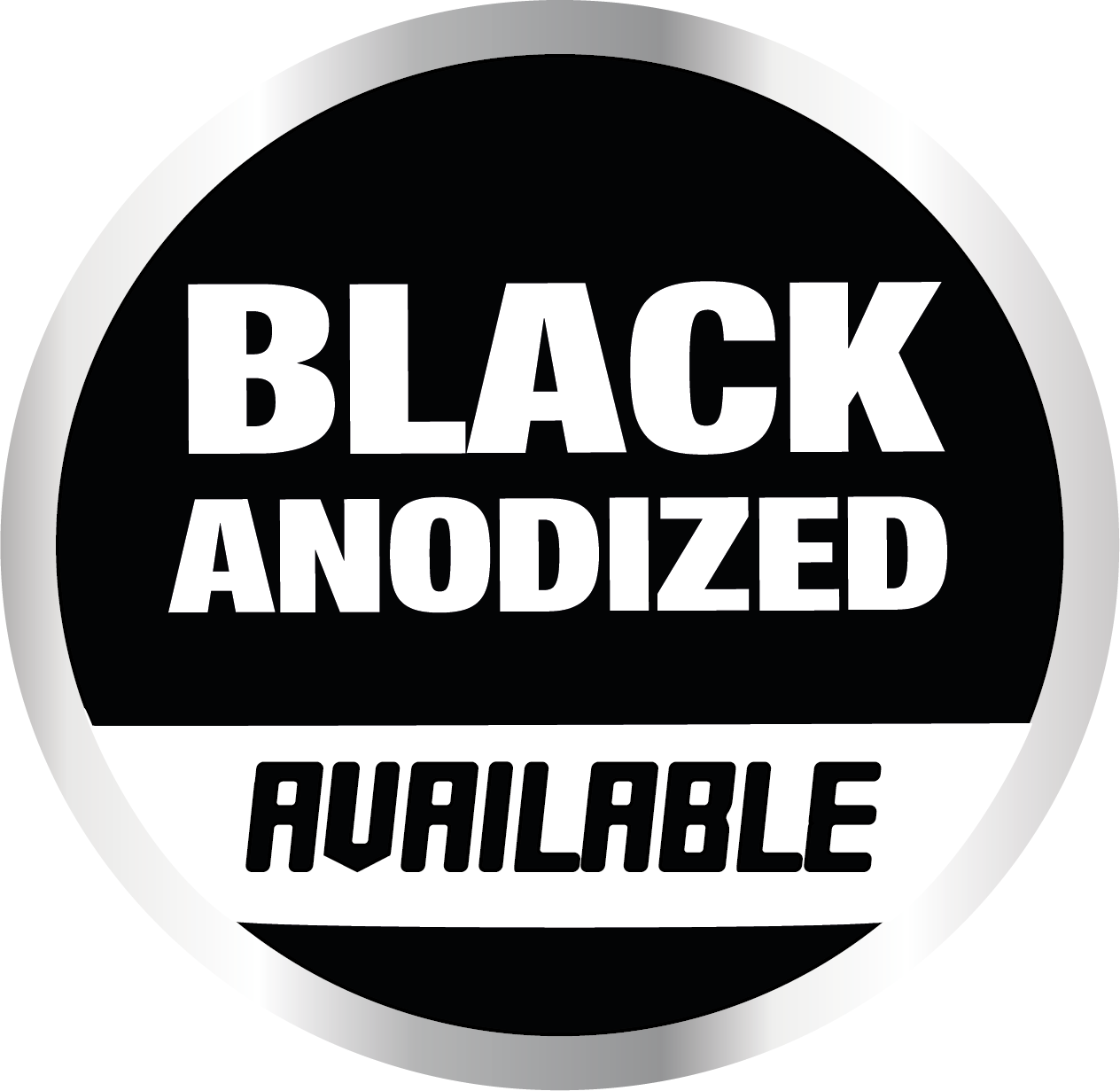

 Adjustable or fixed, side mount or top mount antenna
Adjustable or fixed, side mount or top mount antenna- Available in 1, 2, 4, 8 and dual dipole configurations
- Offered in a 1/4, 3/8, or 1/2 wave versions
- Internal cabling and fixed dipole-mast spacing
- Heavy-duty and black anodized versions available
-

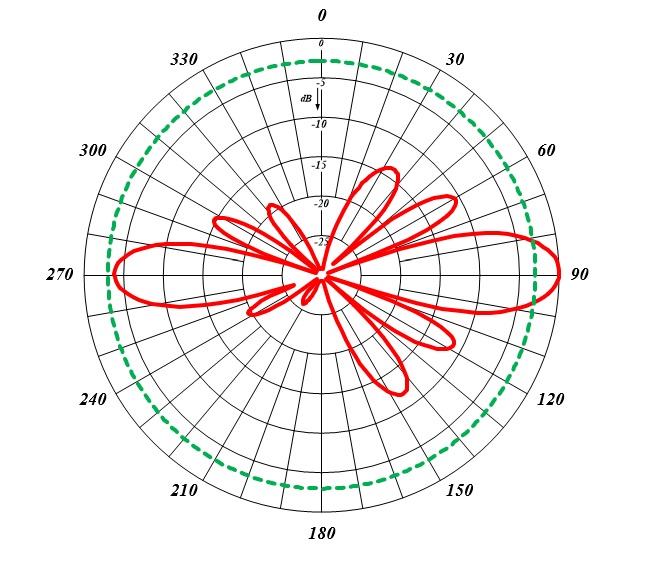

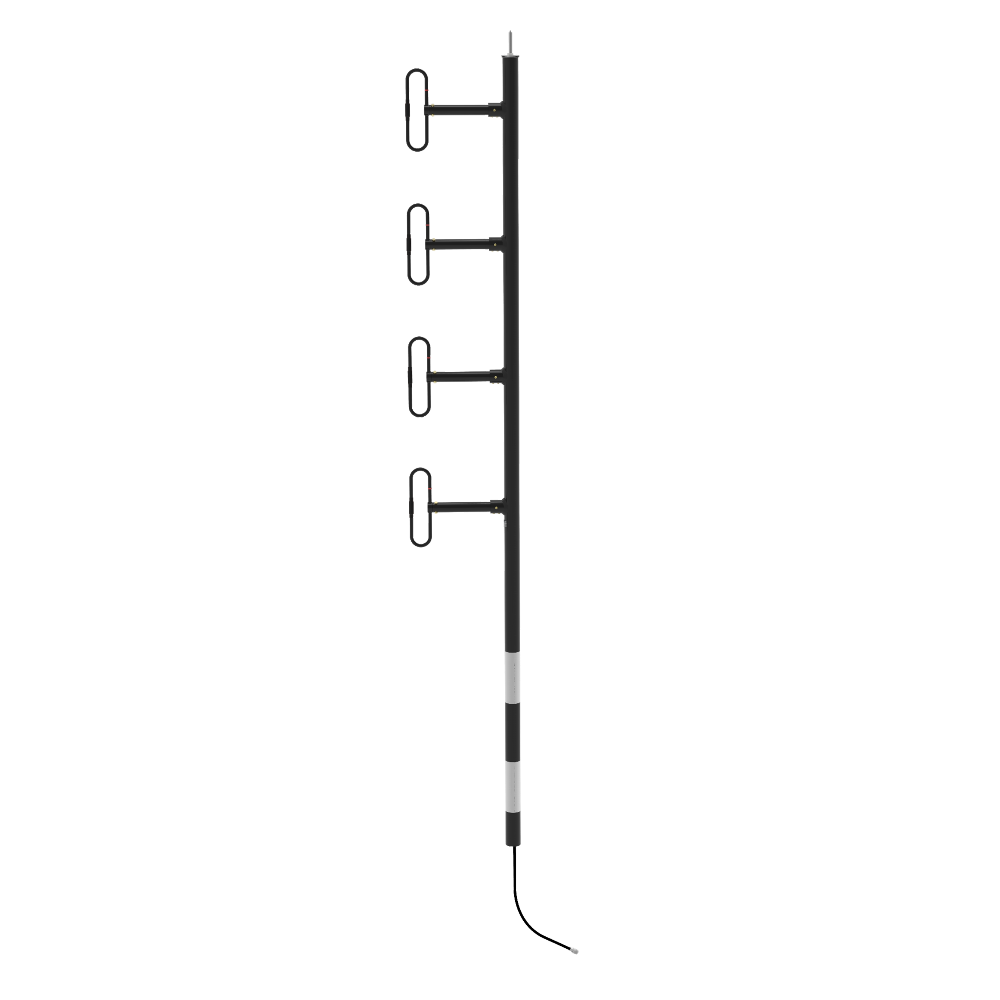 The 774-70-HDBWTM-1/2 is a Wide Band, Black Anodized, Heavy Duty Welded, UHF Antenna. It is an extremely rugged 4 dipole Antenna designed for multicoupled systems. All our antennas can be customized to your particular applications. Our antennas can be configured for side mount or top mount. This antenna is configured for top mount. The 774-70-HDBWTM-1/2 antenna has internal cabling and fixed dipole-mast spacing. The antenna has either 406-470 MHz or 450-512 MHz split.
The 774-70-HDBWTM-1/2 is a Wide Band, Black Anodized, Heavy Duty Welded, UHF Antenna. It is an extremely rugged 4 dipole Antenna designed for multicoupled systems. All our antennas can be customized to your particular applications. Our antennas can be configured for side mount or top mount. This antenna is configured for top mount. The 774-70-HDBWTM-1/2 antenna has internal cabling and fixed dipole-mast spacing. The antenna has either 406-470 MHz or 450-512 MHz split.- Low VSWR version with maximum gain over specified frequency.
- Heavy Duty and Black Anodized version.
- This antenna is 1/2 wavelength spacing version offering bidirectional radiation pattern.
- Standard connector is N-Male and optional 7/16 DIN or 4.3-10 is also available.

